Sun protection is a must for not only good looking skin, but healthy skin. 9,500 people in the US are diagnosed with skin cancer DAILY, so if you think this is only about sun spots and wrinkles, think again. Not all sunscreen or forms of sun protection are treated equally- let’s get into that and what you can do to not only prevent damage, but treat your skin if damage is already done.
Starting with the numbers: Is an SPF 30 less effective than an SPF 100? Not necessarily. SPF 30 blocks about 97% of UVB rays, SPF 50 about 98% and SPF 100 caps out at 99%. The misconception? Higher SPF means more or significantly longer protection. It’s really not about the number. All SPF should be reapplied every 2 hours and/or after swimming/sweating. Proper application and amount of sunscreen used per application significantly affects protection. With SPF, you are only as safe as your use and reapplication rate! Worry less about the number and more about finding a sunscreen that feels and looks good on your skin. Sunscreen, especially face sunscreen, can be a very personal choice. Is there a scent? Tint or no tint? Physical versus chemical? The best one is going to be the one you wear everyday. And if you need help choosing, we are here with the full line up of ZO and SkinBetter sunscreens.
Beyond SPF, physical barriers, such as hats and umbrellas, are MUSTS when it comes to sun protection. Especially on the beach or (better yet) a boat or on days you find yourself in direct sunlight at the ballfield watching 6 year olds wildly run the bases. Physical protection is fundamental.
The majority of us grew up in either the iodine + baby oil era or tanning bed era and the more we learn about skincare and anti-aging efforts, the more we cringe at our younger selves sun habits. At this point you know how to prevent further sun damage, but what can we do to correct it? Symptoms of sun damage include sun/brown spots, pigmentation abnormalities, broken capillaries, roughness, fine lines and loss of collagen. Unfortunately, all damage is not visible and frequently deeper than what we can see with the eye.
What do we recommend?
Our Holy Grail for sun damage is the Sciton BBL (BroadBand Light). The light targets damaged cells, pigmentation, redness and vascular irregularities, all while stimulating collagen, resulting in a more even skin tone. MOXI, also by our besties at Sciton, helps to gently resurface the skin and treat sun damage, for a glowing and clearer complexion. Think of it as a skin-polishing treatment. Here’s a little hack: stack treatments for an ultimate result. BBL > MOXI > ZO Stimulator Peel. You won’t stop looking in the mirror after this trifecta blesses your skin.
Chemical peels, such as the Perfect Derma Peel, is a medium depth peel that resurfaces the first few layers of the skin, encouraging skin cell turnover by getting rid of the textured, pigmented skin cells that make us look dull and tired. 5-7 days after peeling, you’ll be left with glowing, fresh, baby soft skin.
Microneedling is another great treatment that doesn’t specifically address pigment, but rather the health of the skin. Excessive sun exposure decreases the collagen and elastin in our skin and the rate at which we produce both. Microneedling works on a deeper level and encourages collagen and elastin production, resulting in dermal remodeling, as well as healthier and better looking skin.
You have to remember though, post treatment skin is compromised skin. The skin barrier is disrupted, therefore, it is significantly more susceptible to UV damage. If you’re not careful about keeping out of the sun, using physical barriers and reapplying sunscreen, you’re at risk for post-inflammatory hyperpigmentation, long term textural damage and redness.
The thing about skin: it’s not a one and done fix. Our skin cells turnover every 6(ish) weeks, so we have to keep it stimulated and safe. We’re here to guide you along your skin health journey, but it will be up to you to maintain the protection of your investment. You can spend major dollars on in-office treatments, but none of it will matter if you’re not protecting yourself properly out in these streets. And it cannot be over-stated: the best sunscreen is the one you’ll actually wear, every single day.


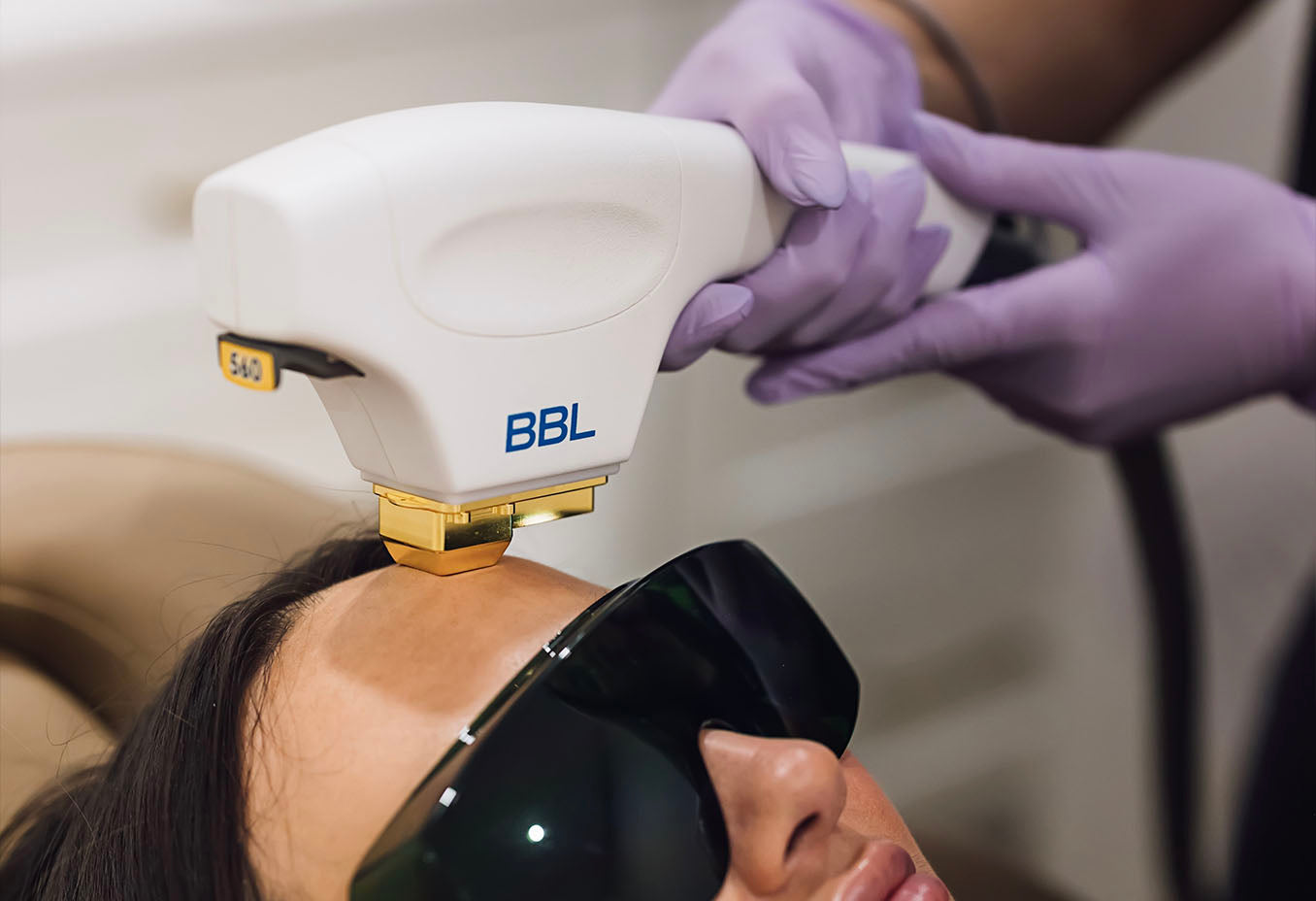
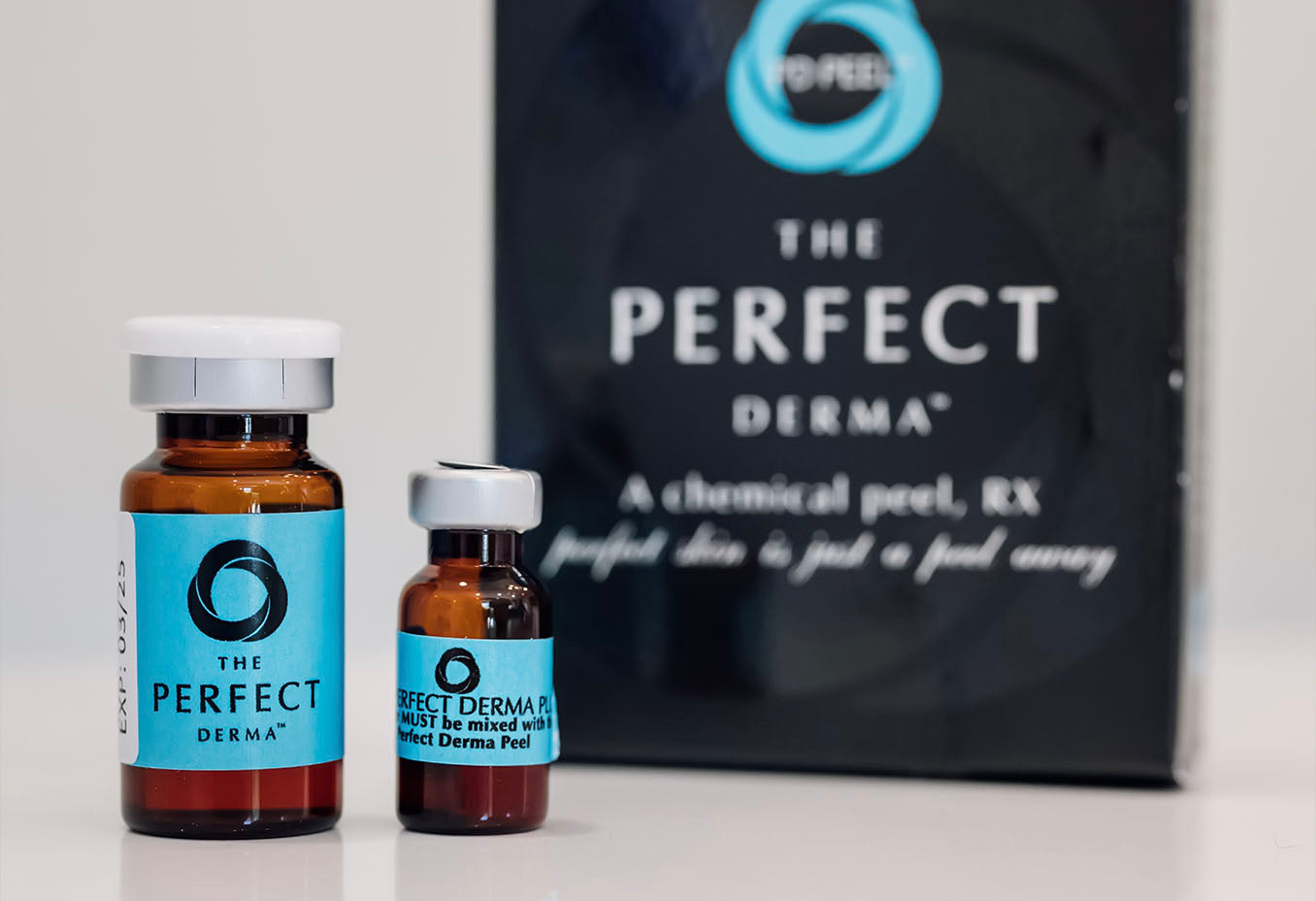
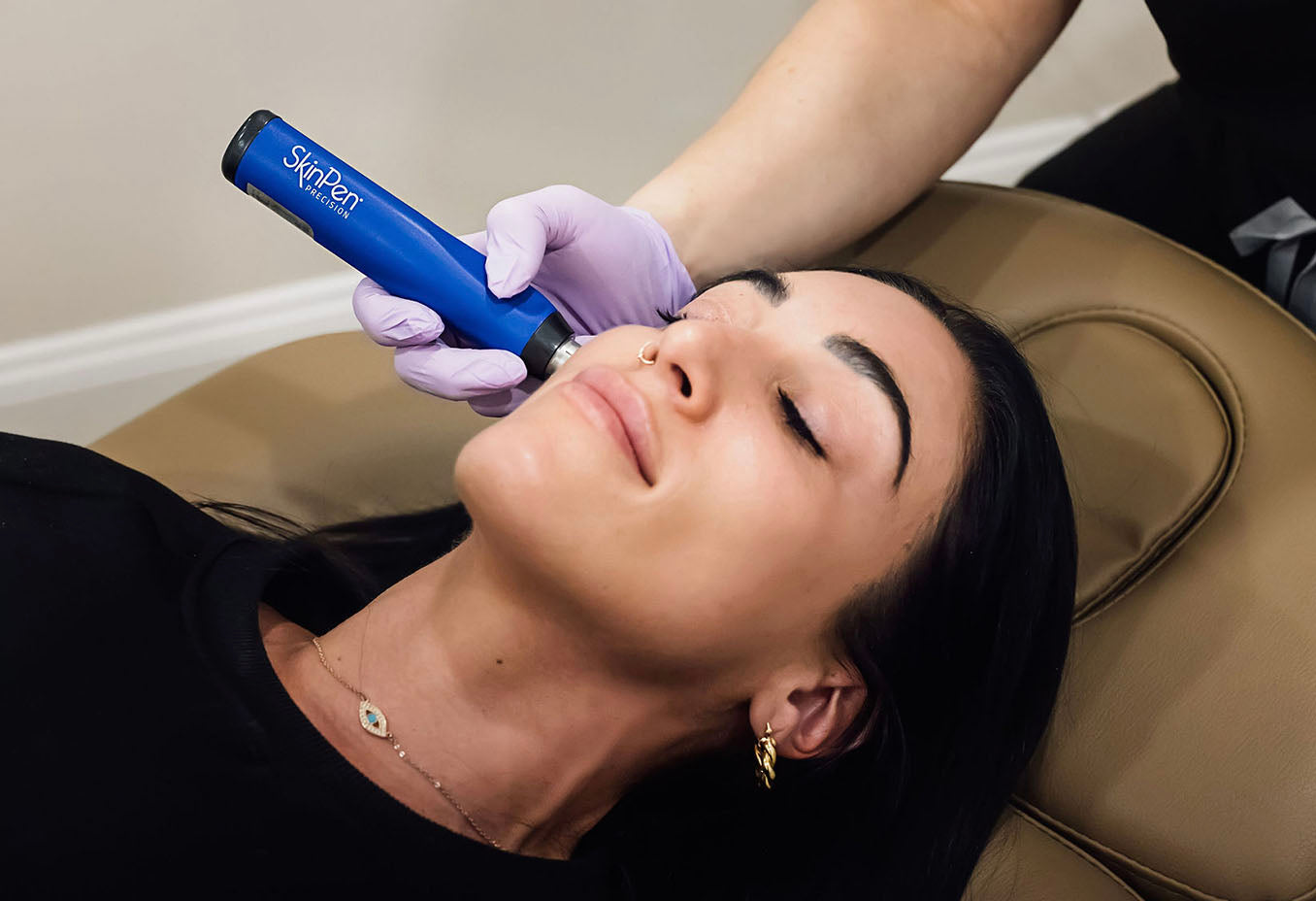
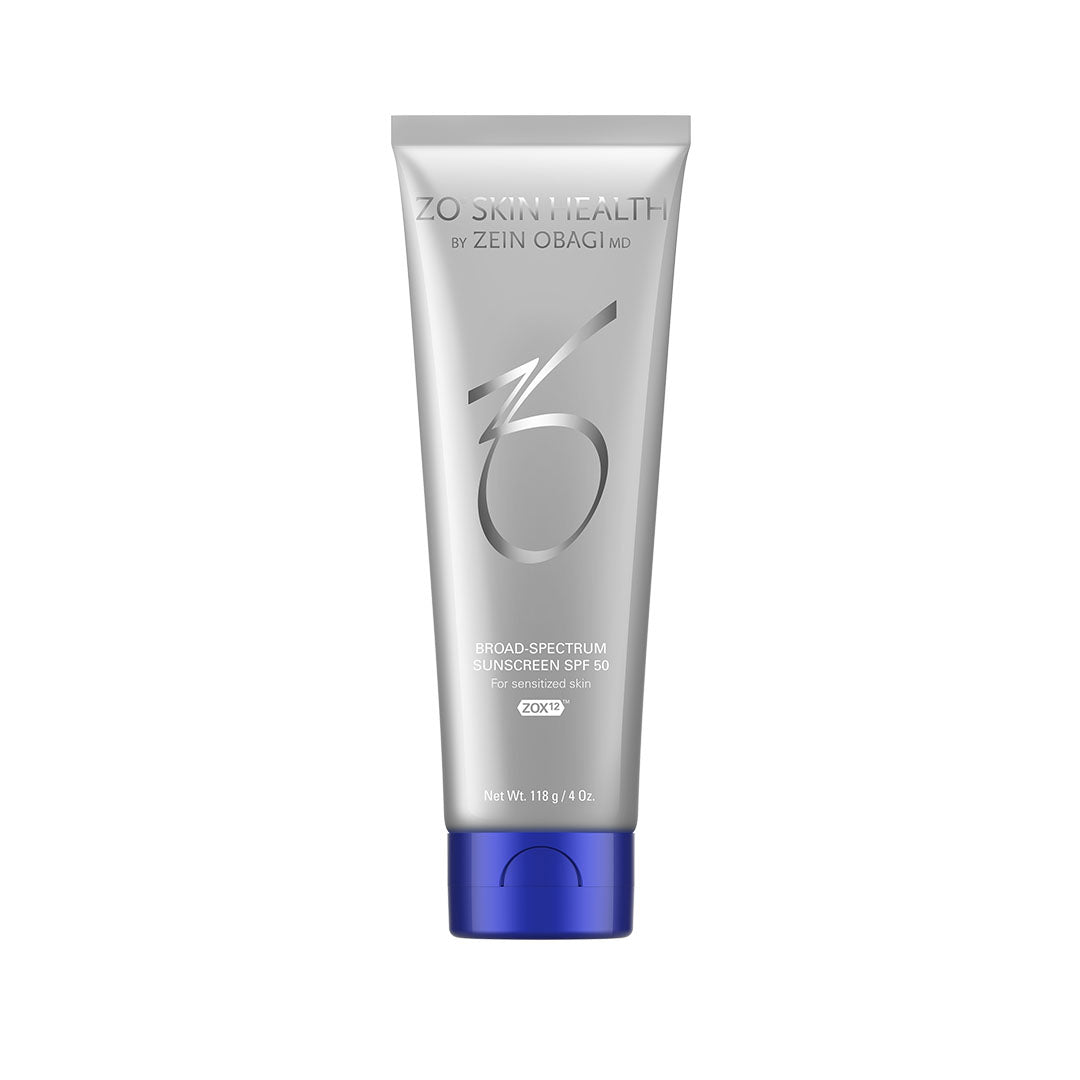

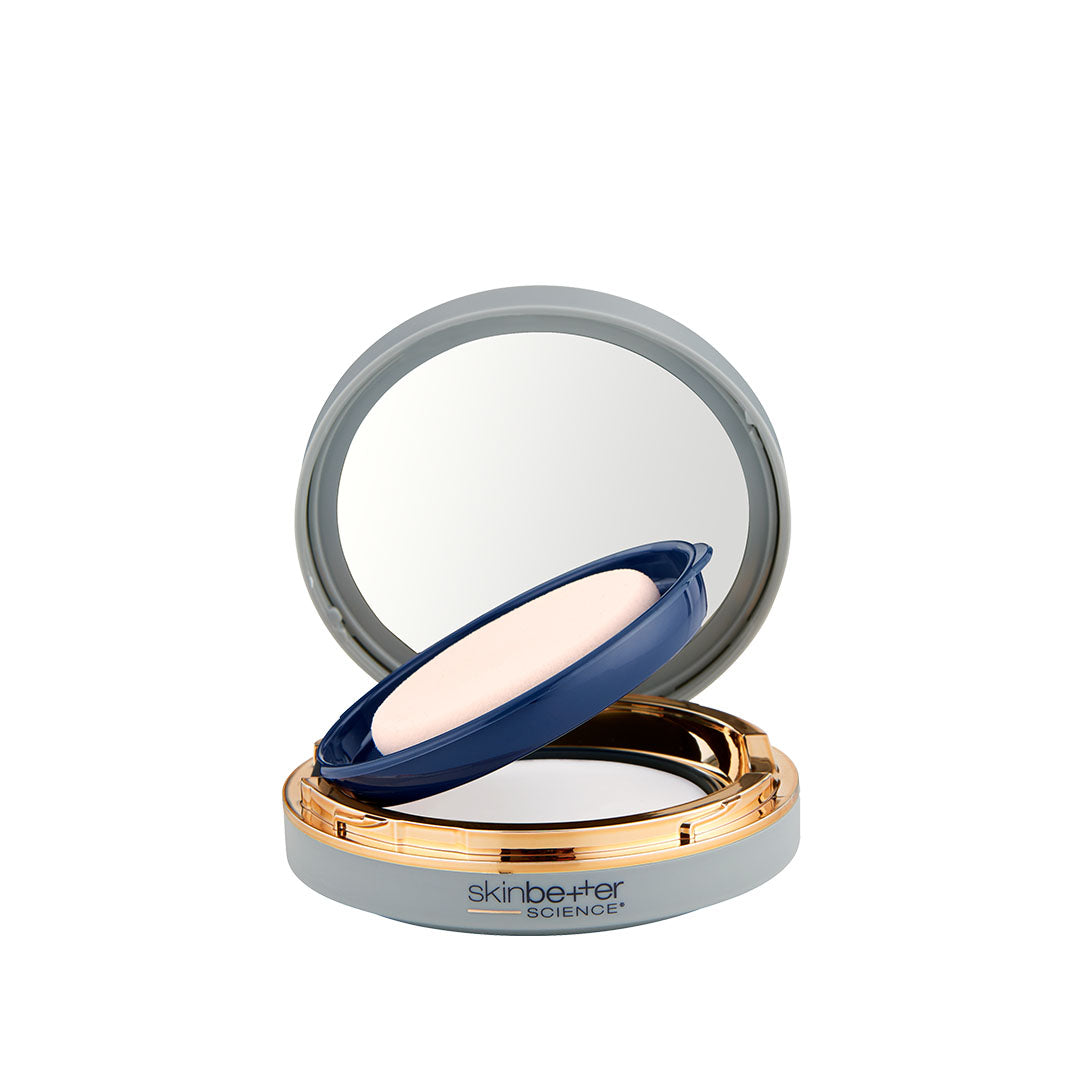
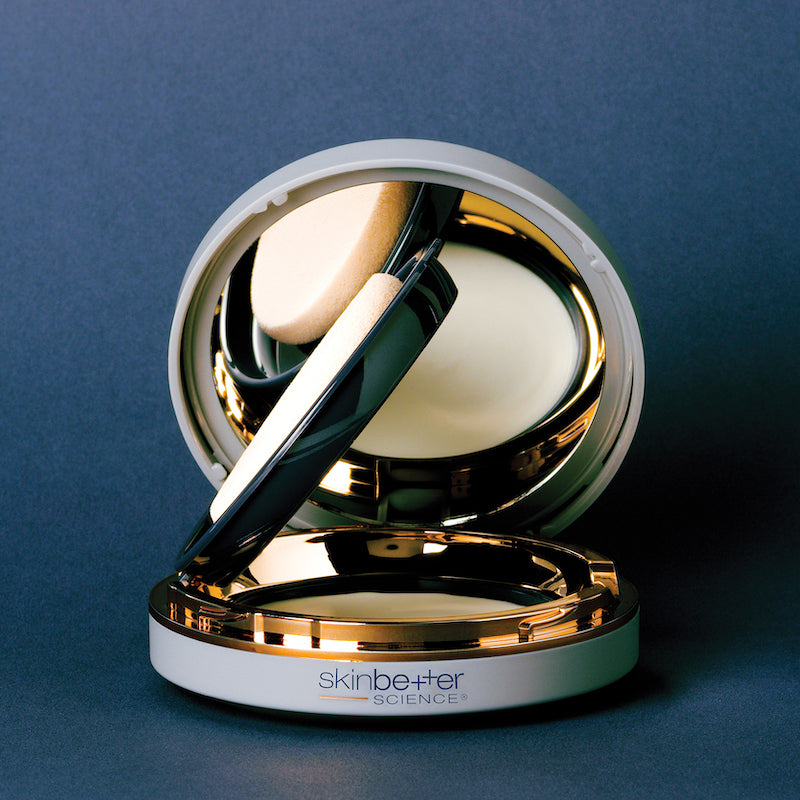
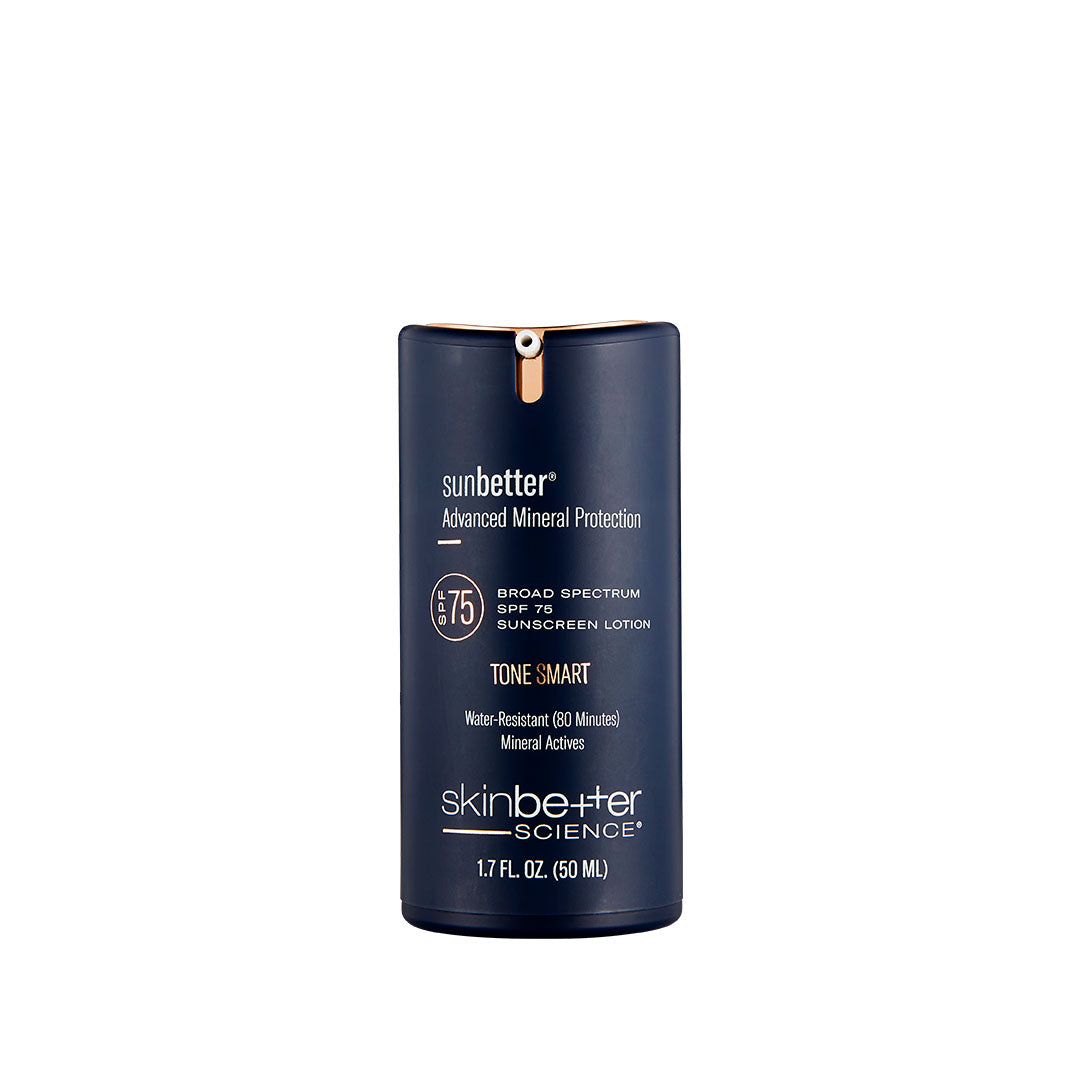
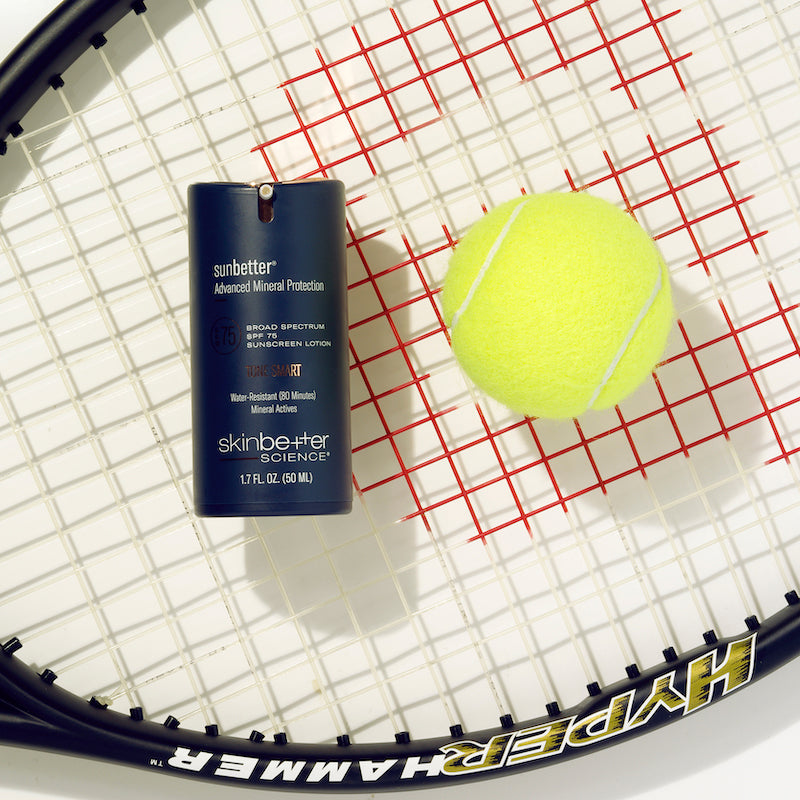








Leave a comment